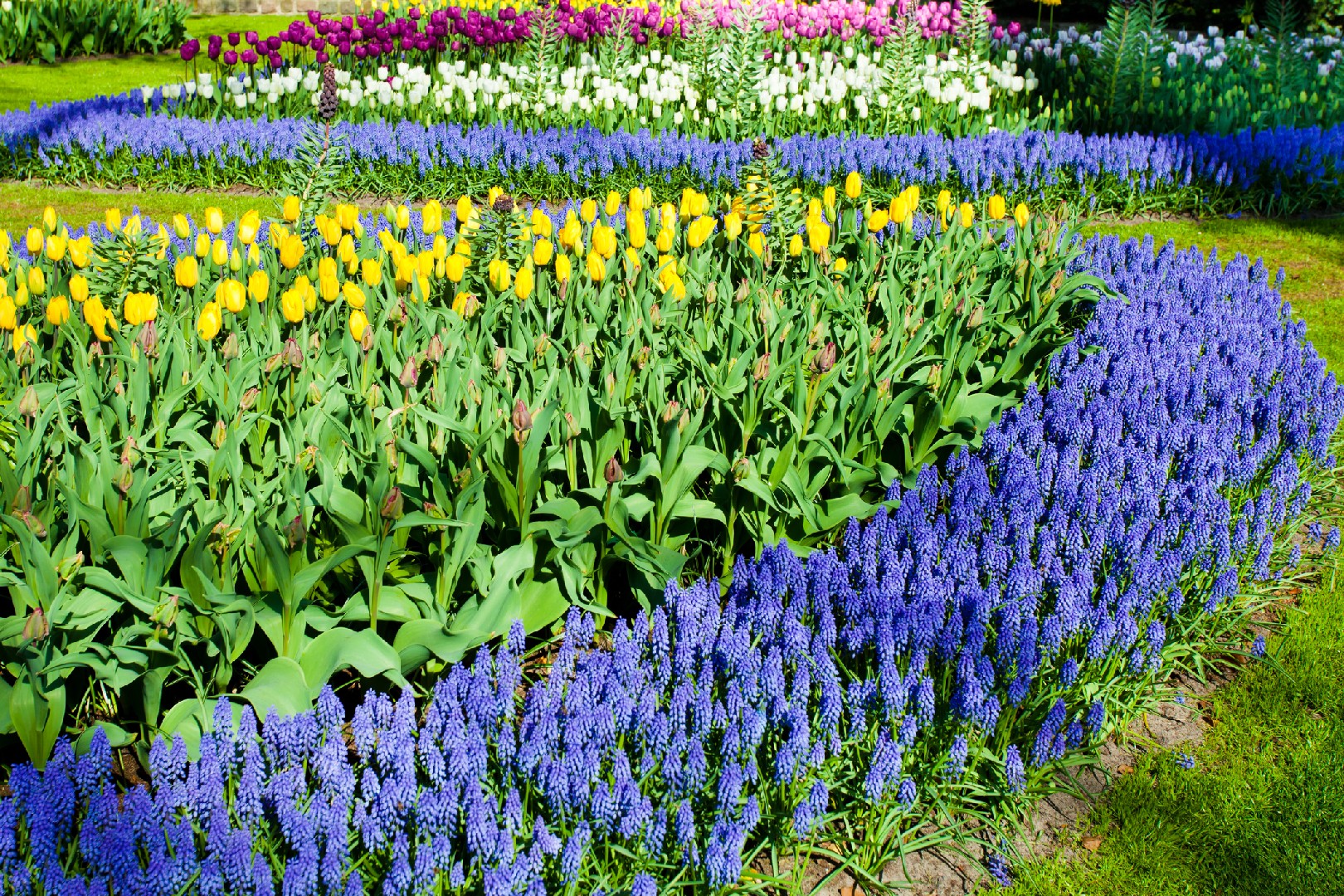![Rectangle]()
Understanding Your Flower Beds: Types and Requirements
When it comes to keeping your flower beds blooming and beautiful year-round, understanding the different types of flower beds and their unique needs is key. There are several types of flower beds to consider, such as annual flower beds, perennial flower beds, and mixed flower beds. Each type has its own characteristics and requirements.
Annual flower beds are typically filled with plants that complete their life cycle within one year. These beds are great for adding seasonal pops of color to your garden. Some popular annual flowers include marigolds, petunias, and zinnias. When caring for annual flower beds, it's important to provide them with regular watering, adequate sunlight, and well-draining soil. Checking the soil moisture regularly and adjusting the watering schedule accordingly is crucial for the health and vibrancy of the plants.
Perennial flower beds, on the other hand, consist of plants that live for multiple years. They come back year after year, providing steady beauty to your garden. Examples of popular perennial flowers include roses, daisies, and lavender. Understanding the specific watering, sunlight, and soil needs of different perennial plants is essential for their long-term health. Some perennials thrive in full sun, while others prefer partial shade. It's important to research the preferences of the specific plants in your perennial flower bed to ensure their optimal growth.
Mixed flower beds are a combination of annual and perennial plants, offering a mix of both short-term and long-term beauty. These beds allow you to enjoy the benefits of both types of flowers, providing color and variety throughout the year. When planning a mixed flower bed, it's important to consider the watering, sunlight, and soil needs of each individual plant. Creating a feeding schedule based on the type of flower beds is also beneficial. Some plants may require more frequent feeding, while others may need a different type of fertilizer. By understanding the specific needs of your flower beds, you can provide the necessary care to keep them blooming and beautiful year-round.
In conclusion, understanding the different types of flower beds and their unique requirements is crucial for maintaining a blooming and beautiful garden year-round. Whether you have annual flower beds, perennial flower beds, or mixed flower beds, taking the time to research and cater to the specific needs of each type of bed will greatly enhance their health and vibrancy. By providing the right amount of water, sunlight, and soil conditions, as well as creating a feeding schedule based on the type of flower beds, you can ensure that your garden thrives with endless beauty. So, go ahead and get to know your flower beds better, and watch as they reward you with stunning blooms throughout the seasons.





